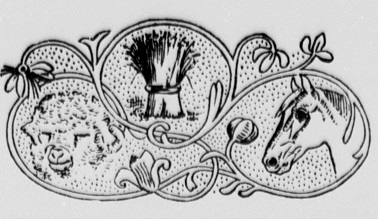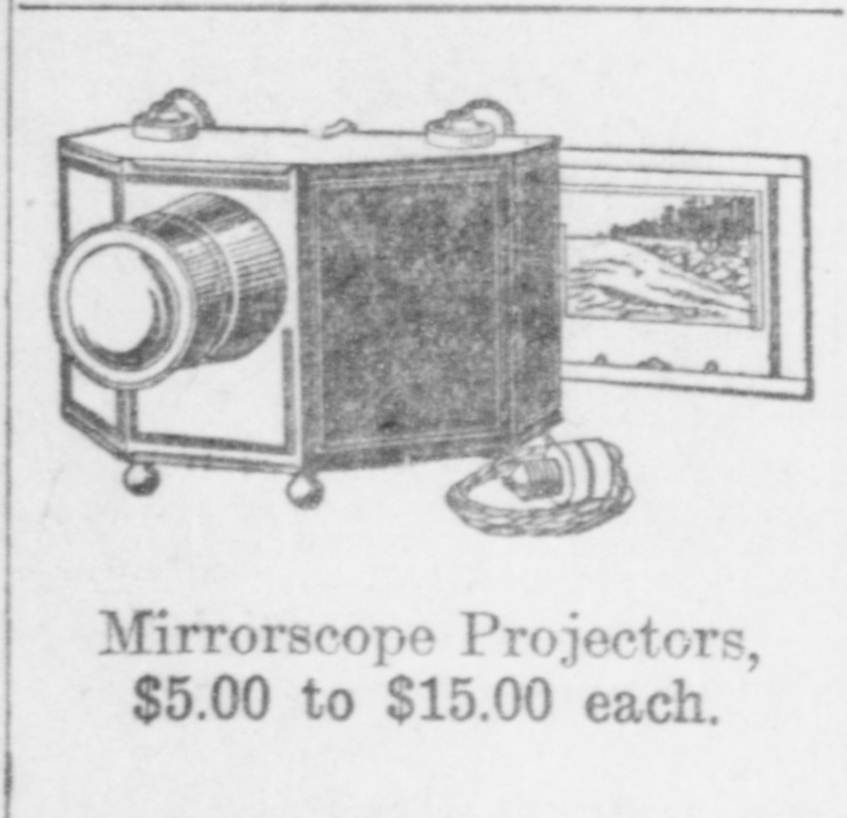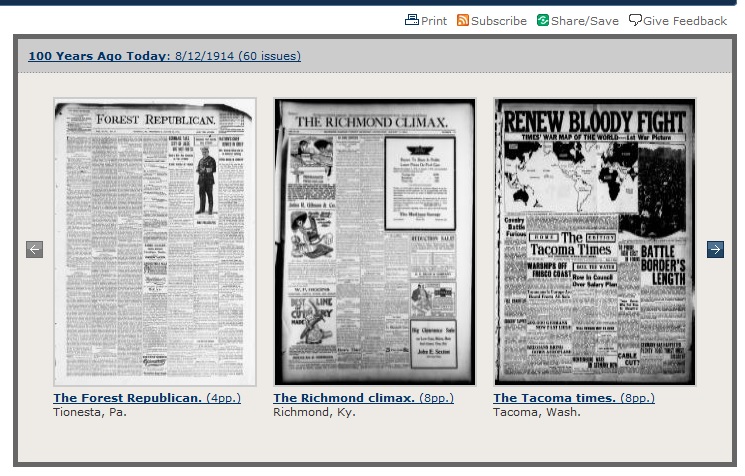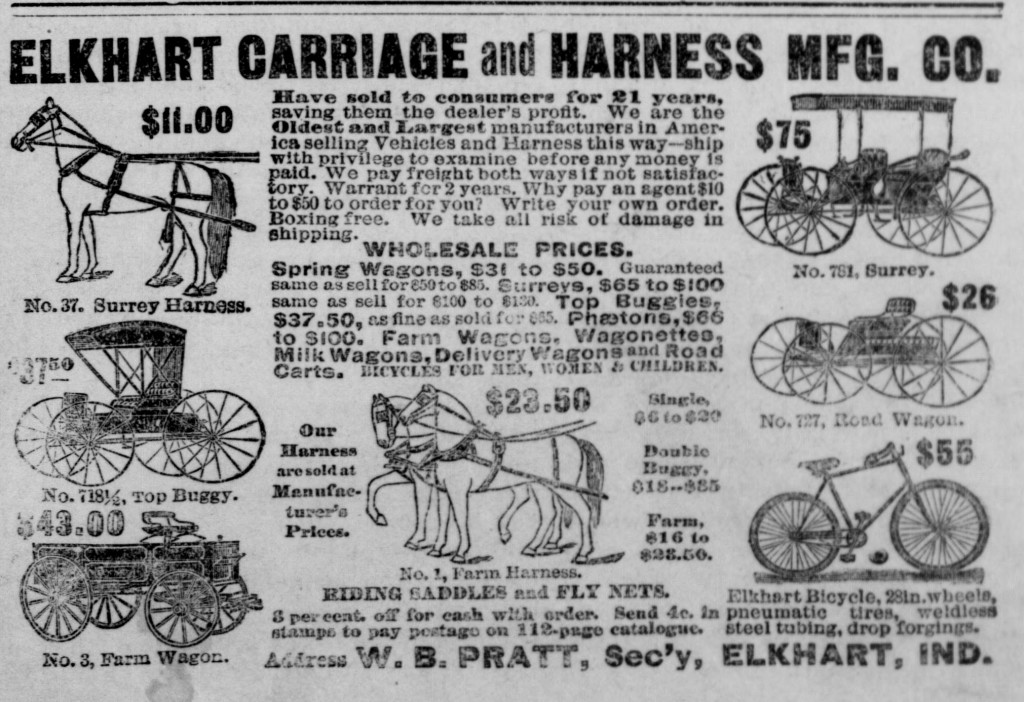Why use Chronicling America in the Classroom?
Chronicling America provides an opportunity for 21st century students to search, analyze, and learn from historic American newspapers from 1836-1922 in a setting they’re familiar with: the Internet. International, national, statewide, and local themes and events at the time they happened can now be easily viewed and dissected. Historic newspapers are one of the very best primary sources, as they illuminate perspective, cultural values, and show history as it happened.


An Overview of the VTDNP & Online Newspaper Research for Educators:
A presentation by Karyn Norwood, geared toward K-12 educators on VTDNP’s resources and how to use Chronicling America in the classroom:
- Another PowerPoint (made in 2012) by past Project Librarian Thomas McMurdo, geared specifically towards K-12 educators: The VTDNP and Newspaper Research (for Educators)
- PowerPoint geared toward school librarians
- ***NEW!! “Read All About It: A New Teacher’s Guide to Analyzing Newspapers,” by Teaching with the Library of Congress —> Direct Link to the Guide (PDF)
Vermont Lesson Plans:
Our lesson plans have been created using the Common Core Standards and Vermont Standards. All are available for free download and are easily adaptable. Historic newspapers align with many of the new Common Core standards, particularly with the new emphasis on non-fiction texts.
- Mini-lesson: Introducing Chronicling America to Students [Grade: 8 (Adaptable for grades 4-16)] Accompanying PowerPoint below:
- Lesson: What was life like in 19th Century Vermont? Adaptable for a particular town, topic, decade, or to address national themes and events. [Grade: 6 (Adaptable for grades 4-16)]
- Lesson: Technology and American Cultural Diffusion
(as seen in Vermont Historical Newspapers) [Grades: 9-10 (Adaptable for grades 4-16)]
- Lesson: Expand History Content-specific Vocabulary through Historic Newspapers [Grades: 9-10 (Adaptable for grades 4-16)]
- Lesson: History Detectives: Researching Local Historic Buildings Using Vermont Newspapers [Grades 6-8 (Adaptable for grades 4-16)]
Vermont & National History Day:
 Every year thousands of students across the country conduct original historical research on a topic related to a theme and then present their work on the state level; the top projects move on to the National History Day contest. Key to this is the use of both primary and secondary sources. Historic newspapers on Chronicling America can be vital resources for students!
Every year thousands of students across the country conduct original historical research on a topic related to a theme and then present their work on the state level; the top projects move on to the National History Day contest. Key to this is the use of both primary and secondary sources. Historic newspapers on Chronicling America can be vital resources for students!
The 2016 theme is Exploration, Encounter, Exchange in History
VTDNP Vermont-specific guide to using historic newspapers for research for the 2016 National History Day theme:
There’s a new award category for projects that incorporate newspaper resources available at Chronicling America in the Junior and Senior divisions on the national level. Sponsored by the National Endowment for the Humanities.
Helpful Links:
- Vermont Historical Society Website for Vermont History Day.
- Last year’s VTDNP Vermont History Day guide [PDF]: National History Day 2015
- 2013’s VTDNP Vermont History Day guide [PDF]: Vermont-specific content example.
- National Endowment for the Humanities Edsitement webpage: go here for lesson plans, ideas, and award category description.
Activity Ideas:
- Have students find an interesting advertisement and research what it’s advertising. Here’s a sample: ‘Name this historic toy!’

- Pick a historic building in town to research (like a church, library, store). Feel free to have students start from our collection of Vermont historic buildings on Flickr.

- Select an important event in history, such as an election or war, and then have students find and compare it on national or local perspective. How does the point of view differ?
Example: Differing Perspectives on John Brown and the Raid on Harper’s Ferry:
- Vocabulary scavenger hunt: give students a list of vocabulary words and have them search the words in newspapers, using context clues to figure out meanings.
- Do a “This Day 100 (or any #) Years Ago” activity. Have students scan a local paper and find something interesting to report back to the class on. You can use the front page of the Chronicling America website to do this on a national level. Look at the front pages from across the country: What is making the headlines? How does the news differ from state to state, newspaper to newspaper?

- Use our Flickr and Pinterest albums for browsing or introducing Chronicling America and the information that can be found. For example, have students browse our Newspaper Advertisements, 1836-1922 collection on Flickr. Students could pick an advertisement from the collection to focus on. Ask: What does this advertisement tell us about the period?

- Have students explore our interactive Google Map, showing the locations and newspaper titles available on Chronicling America.
Additional Chronicling America Education Resources:
- Recommended Topics page on Chronicling America
- About Chronicling America
- Tips for Searching Chronicling America
- Teaching Resources on Chronicling America (lesson plans, topics pages)
- Lesson Plans: Finding and Evaluating Newspaper Articles (Ohio History Connection and National Digital Newspaper Project in Ohio)
- Edsitement Chronicling America Lesson Plans (National Endowment for the Humanities education website)
- Using Chronicling America Videos and Podcasts
Contact:
Karyn Norwood, Digital Support Specialist, at knorwood@uvm.edu or (802) 656-0819

